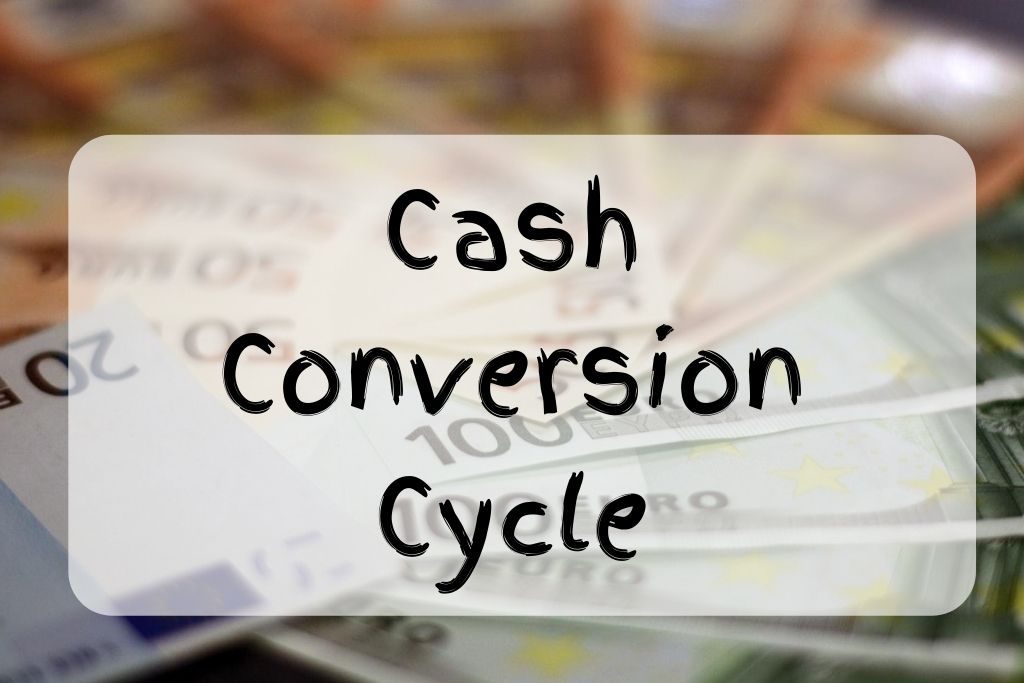What Is Cash Conversion Cycle?

Definition of Cash Conversion Cycle
- The amount of time it takes a firm to convert its inventory into cash is known as the cash conversion cycle.
- In other words, it is the time taken for firms to convert their resources into cash.
Want to learn more financial ratios?
Get the eBook explaining some of the most useful ratios for free now.
What is the Formula for the Cash Conversion Cycle?
- The cash conversion cycle (CCC) is calculated by adding days inventory outstanding and days sales outstanding and subtracting them by days payable outstanding.
Cash conversion cycle = DIO + DSO + DPO
- DIO is the number of days it takes to turn a firm’s inventory into sales. It is calculated by dividing average inventory by cost of goods sold and multiplying them by the number of periods.
DIO = (Average inventory/Cost of goods sold) x Number of period
- DSO is the number of days it takes firms to receive their account receivables. It is calculated by dividing average accounts receivable by total credits sales into the number of periods.
DSO = (Average accounts receivables / Total credit sales) x Number of period
- DPO is the number of days it takes firms to pay back their payables. It is calculated by dividing average accounts payable by the cost of goods sold times the number of periods.
DPO = (Average accounts payable / Cost of goods sold) x Number of period
Cash Conversion Cycle in Practice
- In a year, N cosmetics has an average inventory of $80, cost of goods sold of $1,100, average account receivables of $40, total credit sales of $850, average account payables of $110. What is N cosmetics’ cash conversion cycle?
- DIO = ($80/$1,100) x 365 = 26.55
- DSO = ($40/$850) x 365 = 12.18
- DPO = ($110/$1,100) x 365 = 36.5
- CCC = 26.55 + 12.18 – 36.5 = 2.23
Learn some of the most useful financial ratios!
Don’t miss this free eBook.
